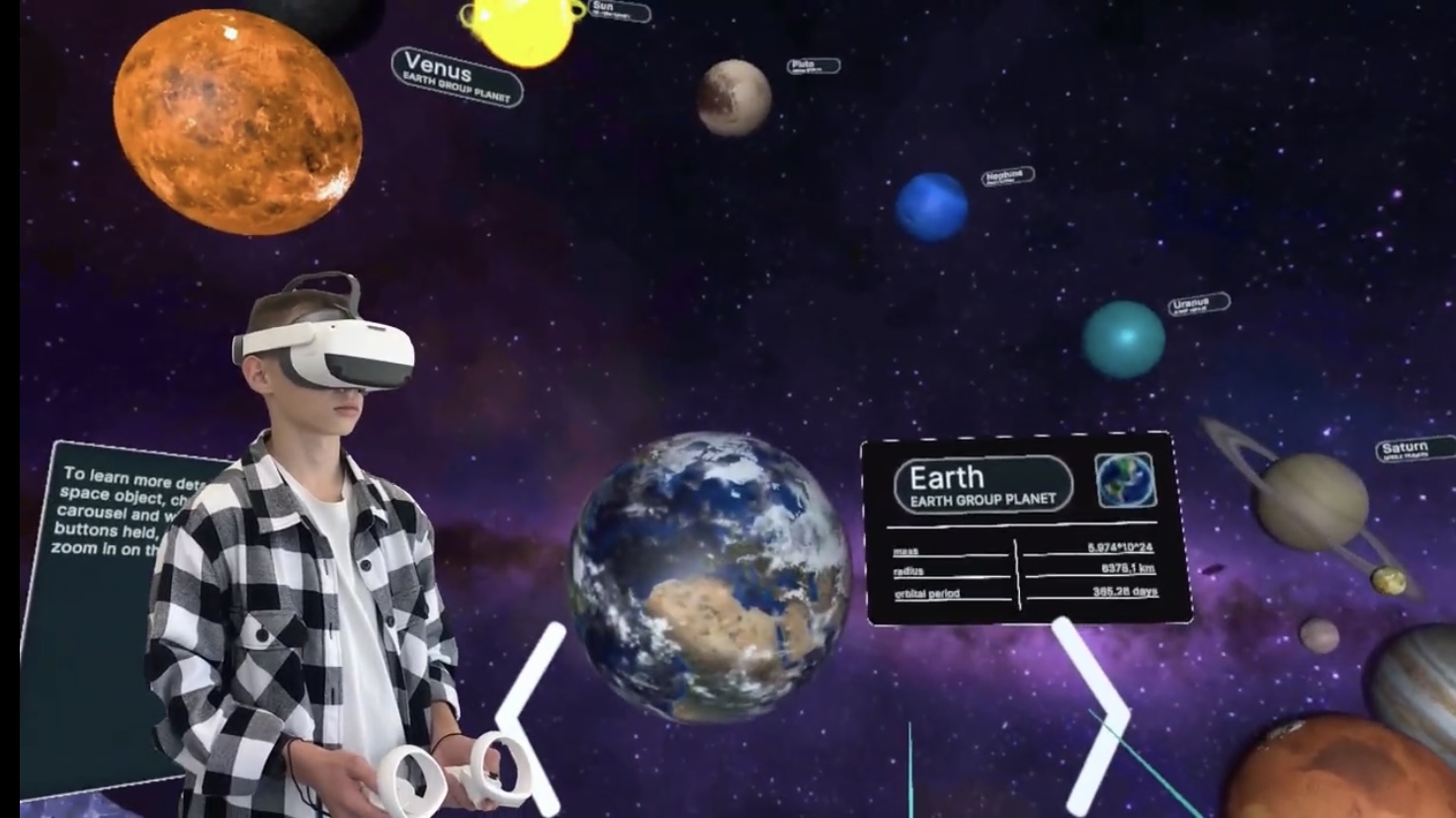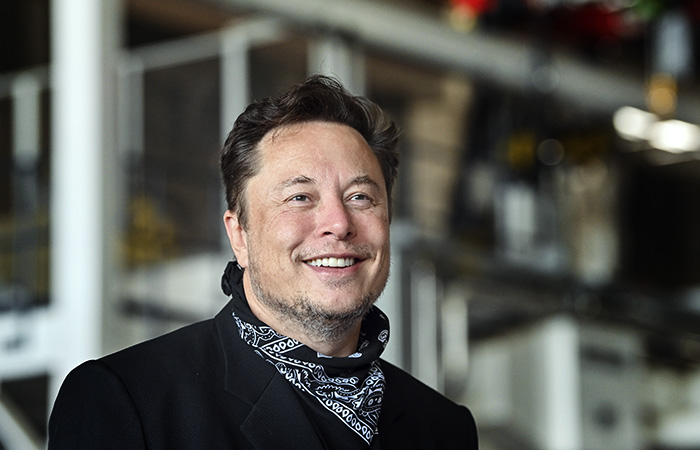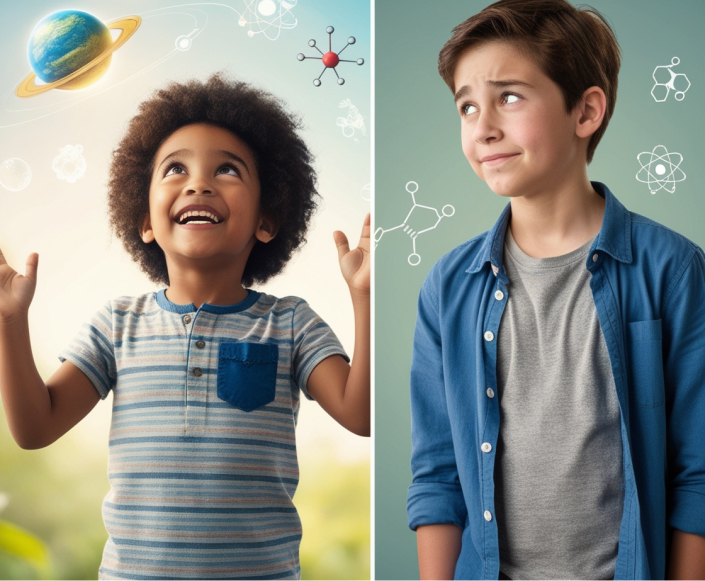When it comes to immersive learning, many people think of VR biology first—like exploring a plant cell in 3D—yet VR physics is just as transformative. XReady Lab VR Solar System proves that space exploration can be every bit as engaging as diving into cellular biology. In this simulation, students don’t just memorize planetary facts; they become virtual astronauts on a mission to discover each planet’s unique atmosphere, temperature, and gravity.
Transforming Abstract Space Topics into Interactive Adventures
High school lessons about the solar system often turn into dull memorization of statistics: atmospheric composition, orbital periods, gravitational pulls. While these numbers are important, the traditional “textbook approach” can diminish excitement. VR education flips this script by making students active participants in their own learning:
- Mission-Based Learning: Instead of passively reading about Jupiter’s storms or Mars’ surface temperature, students can land on these planets virtually, customize spacesuits to withstand extreme conditions, and tackle challenges unique to each world.
- Real-Time Feedback: As they “visit” Saturn or Mercury, students get instant cues on whether their suit parameters can handle local temperatures or lack of atmosphere.
This approach reignites enthusiasm for VR in schools, especially among teens who might otherwise find cosmic scales too large and abstract.
Why Space Exploration in VR Matters
Space topics rank among the most complex and “out of reach” subjects in high school STEM. Teens often lose interest when they feel overwhelmed by the vast distances, massive numbers, and intangible concepts. VR in the classroom resolves these issues by making the cosmos feel tangible:
- Immersive Learning Environment: Students step into a virtual reality classroom where planetary orbits and space physics are visual and interactive.
- Building STEM Confidence: By experiencing cosmic phenomena firsthand, learners see that space study isn’t just about memorizing data—it’s about exploration, problem-solving, and innovation.
- Addressing Declining STEM Interest: According to our article on Why Interest in STEM Declines and How VR Revives It, making lessons interactive is key to reversing disengagement.
A New Way to Teach Physics
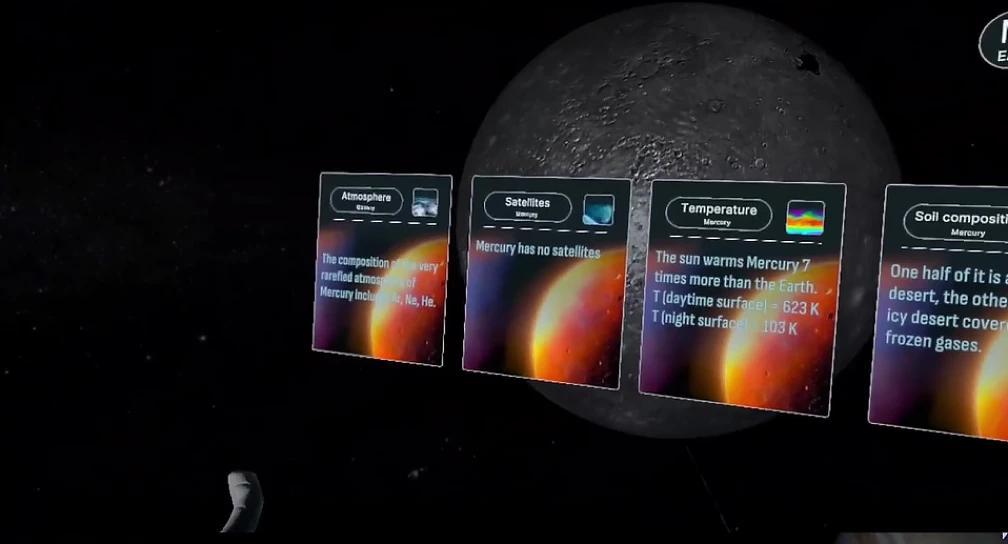
A VR physics classroom eliminates much of the logistical hassle of teaching space topics. Traditional lessons require extensive theory or occasional planetarium visits, whereas VR brings the “field trip” directly into everyday instruction:
- No Physical Equipment Overload: One VR learning platform can replace multiple labs or large-scale apparatus.
- Time Saved for Teaching: Teachers spend less time prepping or cleaning up, freeing them to focus on interactive classroom activities and deeper insights.
- Greater Curriculum Coverage: Because simulations are easily launched and re-set, educators can cover more content efficiently.
It’s Not Just Numbers—It’s an Adventure
Traditional teaching methods often reduce space science to memorizing facts like Jupiter’s diameter or Venus’ temperature. With VR technology in education, those facts transform into missions. Such interactive learning fosters excitement and builds the critical thinking skills so essential for STEM success.
Linking Space Exploration to Other VR Topics
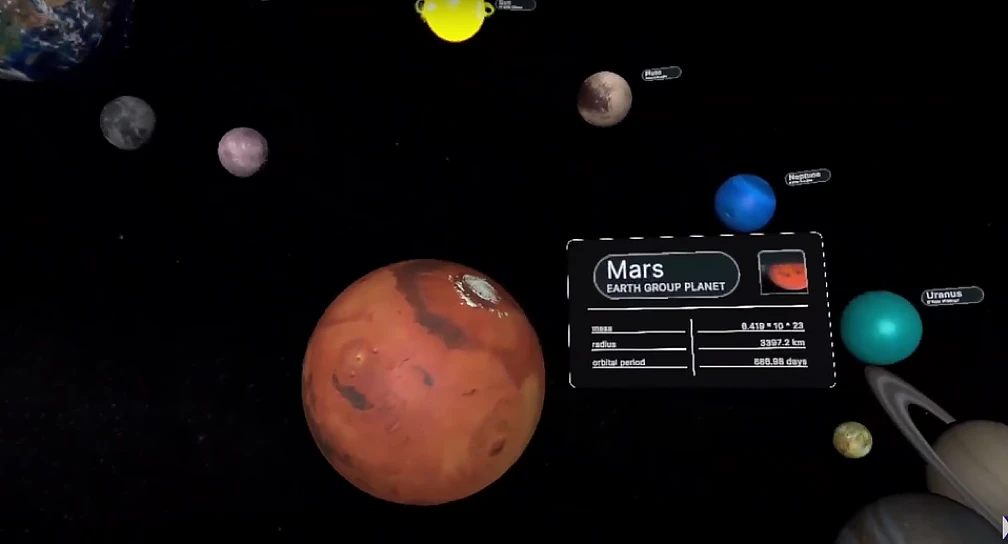
While the VR Solar System is a standout example of VR physics done right, XReady Lab also offers a wide range of immersive VR experiences across disciplines, such as VR biology (e.g., Plant Cell Exploration) and VR chemistry labs. This cross-curricular approach keeps students engaged across multiple subjects, highlighting the interconnectedness of scientific concepts.
Interested in experiencing these simulations firsthand?
Request a demo set with examples of VR labs in biology, chemistry, and physics today. (Please note: the VR Solar System is not included in the demo set.)
A Classroom Upgrade for Future Generations
The concept of traveling through space is inherently exciting, tapping into childhood dreams of becoming an astronaut. By leveraging that interest with VR education:
- Boosts Classroom Engagement: Interactive missions keep students curious and active.
- Encourages Deeper Exploration: Students may pursue further research on astronomy, rocket science, or planetary geology.
- Addresses STEM Lab Meaning: A single VR solution can serve as a multipurpose STEM lab, from exploring cosmic scales to investigating microscopic wonders.
Conclusion
XReady Lab VR Solar System exemplifies how modern technology can turn abstract science concepts into vivid, memorable adventures. Instead of rote learning, students embark on realistic space missions, customizing spacesuits and experiencing planetary environments. This approach not only revitalizes STEM education but also empowers teachers to inspire students without drowning in logistics and prep work.
In a world where children’s curiosity often collides with the complexities of advanced topics, VR stands out as a beacon of interactive classroom innovation—especially in the realm of space science. Embrace this transformation, let your students explore the cosmos, and see how virtual reality can foster a lifelong love for discovery.
Explore the solar system from your digital classroom and ignite a passion for science among your students. The stars are closer than you think with XReady Lab’s VR solutions.
